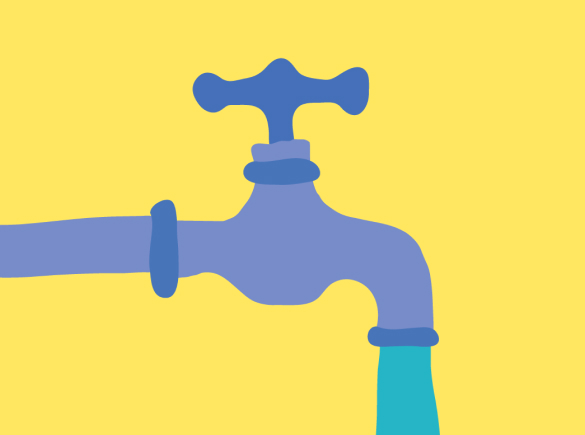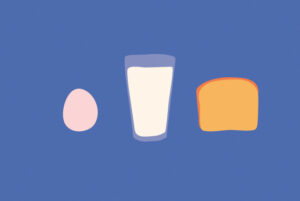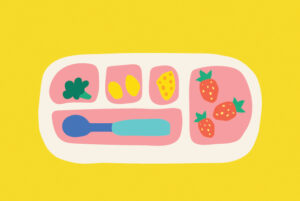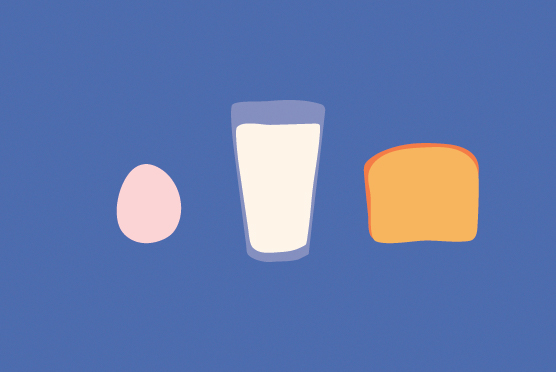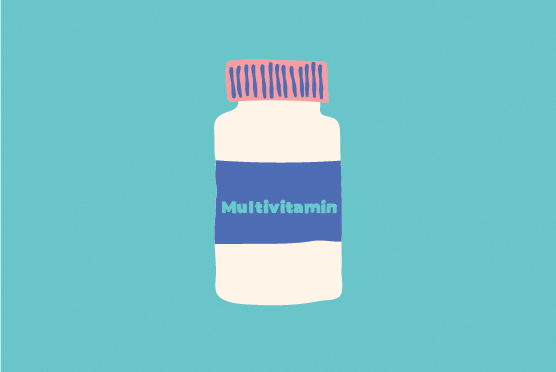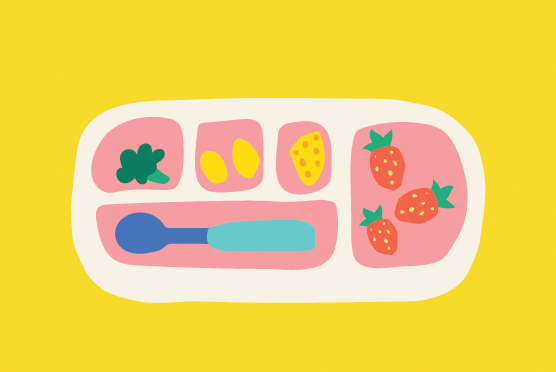Inside this article
- What is tap water and how safe is it?
- Why drinking water is important
- Tap water versus bottled water for babies and children
- What are the main concerns about tap water?
- Is filtered tap water better?
- Is bottled water better than tap water?
- The pros and cons of tap water versus bottled water
- Conclusion
A common question we get asked is whether tap water is safe to drink and whether alternatives such as bottled water or filtered water are better when it comes to looking after your family’s health. In this article, we give you the low down on tap water, discuss its safety and how it compares to the alternatives.
What is tap water and how safe is it?
The water that reaches our taps originates from many different locations including rivers, groundwater aquifers, reservoirs, and in some cases, directly from the sea. The UK has stringent water quality standards and the water that ultimately ends up in our taps follows a water treatment process and passes over 99.97% of tests.
Water that becomes tap water is treated to remove chemicals such as pesticides, nitrates, synthetic chemicals, and medicines. The pH levels, clarity, and colour are also closely controlled. Bacteria and viruses and other pathogens that can pose a risk to human health are also removed making it safe to drink.
Why drinking water is important
Staying hydrated is very important, it helps us to regulate our temperature. Water also helps to lubricate and cushion our joints, protects the spinal cord, and helps us to eliminate waste through our urine, sweat, and bowel movements. If we don’t drink enough it can affect our mood and it is also helpful for appetite regulation. Not having enough water on a daily basis can lead to constipation, feeling tired, headaches, feeling dizzy or light-headed, dry lips mouth, and tongue as well as sunken eyes. You may also notice dark yellow, strong-smelling urine.
How much water should we drink per day?
- Breastfed babies under 6 months don’t need to drink any water
- Formula-fed babies under 6 months may require small sips of cooled boiled tap water in hot weather
- Adults require 6-8 glasses of water per day
- Younger children should aim for 6-8 cups/beakers (120–150ml serving)
- Older children should aim for 6-8 glasses (250–300ml serving)
Tap water versus bottled water for babies and children
Although tap water undergoes stringent treatment processes, it can still contain small amounts of bacteria and other minerals. It is safe for children over 6 months to consume tap water? For babies under 6 months old, if they require tap water, it is recommended to boil it to sterilise it and give them cooled boiled water to drink. Filtered water can be given to babies under 6 months but it also needs to be sterilised by boiling it first.
Natural mineral waters aren’t suitable for babies as they can contain too many minerals such as sodium and sulphate. If you are in a situation where you need to give your baby bottled water check the label to ensure that it containsless than 200 mg/L of sodium and less than 250 mg/L of sulphate. Bottled water should also be boiled first when given to babies under 6 months.
What are the main concerns about tap water?
Although the UK has some of the best tap water in the world, passing over 99.95% of water quality tests and in the top 5 countries globally for tap water safety. There are still concerns about how safe it is and whether we should be drinking tap water or opting for alternatives such as bottled water or filtered water.
Recent concerns have emerged regarding contamination from chemicals and microplastics. Let’s take a look at some common concerns and how they are dealt with when water is treated:
Chlorine
- Chlorination is a key part of the tap water treatment process to kill germs and make it safe to drink. Low levels are allowed in tap water and are not a cause for concern. The World Health Organisation has set a maximum value of 5 mg/l for chlorine as a residual disinfectant in drinking water. But, the levels in tap water in England and Wales are well below this guideline with most water companies aiming to keep the level below 1 mg/l.
Fluoride
- Fluoride occurs naturally at low levels in most drinking water in England and Wales. Some water companies add fluoride in a process called fluoridation to bring the levels up to 1 g/L as a public health measure to prevent tooth decay. The maximum permitted value of fluoride in drinking water is 1.5 mg/L. While some research suggests that fluoride can cause dental fluorosis (white lines or patches that can appear on teeth). Or poses potential neurotoxic risks with links Downs syndrome and other conditions, the government considers that fluoride, at the levels permitted in drinking water, presents no risks to health.
Lead
- Lead was commonly used in pipework before 1970 but its use has now been banned. Older properties that have not been modernised may still have lead pipework which can cause health risks as it can build up in the body. Infants, unborn babies, and children are particularly at risk as it can have an adverse impact on mental development and can be a factor in behavioural problems. In adults, it may impair kidney, heart, and circulatory health. If you own an older property consider checking your pipes.
Limescale
- Limescale results from water hardness and is caused by dissolved calcium and magnesium which varies by geography. Hard water causes limescale where deposits of calcium and magnesium build up in the heating elements of appliances like hot water systems, kettles, and electric irons over time. Some water companies artificially soften the water before putting it into your supply. However, they maintain a minimum hardness of 150 mg/L as there is some limited evidence of a relationship between water hardness and cardiovascular health. If you install a domestic water softener you should not soften the water used for drinking and cooking. As softeners replace the hardness with sodium which can be a problem for premature babies, as well as being an additional source of salt in our diet
PFAS
- Per- and polyfluoroalkyl substances (PFAS) are forever chemicals that have been linked to cancer and other diseases. Some research has found that PFAS levels in UK tap water exceeded the European Safety levels. These differ from the current safety levels in England and Wales which state that drinking water must contain PFAS chemicals at no more than 100 nanograms per litre (ng/l). Above that, action must be taken to reduce levels.
Microplastics
- Microplastics are a growing concern due to the volume of plastics used in society today and they can easily leach into our water system. Research from 2019 found that more than 99.9% of microplastics are removed from drinking water through water treatment processes.
Is filtered tap water better?
Filtering tap water can add another level of contaminant removal by further removing lead, chlorine, copper, bacteria, PFAs. Most filters use activated carbon to reduce contaminants and impurities and it can improve the taste and purity of the water but it is not an essential process. It can also improve limescale so may be good for people living in hard water areas.
Is bottled water better than tap water?
You might be surprised to know that bottled water comes in a number of forms:
- Bottled mineral water and spring water are sourced from groundwater that has been naturally filtered. They must come from an underground source and be tested so that they are free of parasites and bacteria. They both must be bottled at the spring or borehole which is protected from pollution. Mineral water is not treated, it maintains its original purity from source to bottle, spring water on the other hand can be treated.
- Bottled water can also be water from any source including public and private water sources as long as it is not natural mineral water or spring water. This type of water can undergo any type of treatment and the water must be tested to make sure it complies with contaminant limits.
As with tap water producers of bottled water must test it to ensure it complies with limits for chemical, pesticide, microbiological, and radioactive substances. Chemical limits are checked once a year compared with tap water whose chemical limits are checked more regularly.
The pros and cons of tap water versus bottled water
Bottled water
Cons
- Contains a higher amount of microplastics than tap water
- There is an environmental impact of using single-use plastic bottles
- Drinking bottled water is associated with a significant cost compared to tap water which is available in your home
- Bottled water doesn’t necessarily contain less contaminants than tap water
Pros
- Mineral and spring water won’t contain residual amounts of chlorine
- May taste better than tap water depending on your preference
Mineral water may contain higher levels of calcium and magnesium
Tap Water
Cons
- Old plumbing like lead pipes can contaminate tap water
- Can differ in taste based on location – mineral content and age of pipes may affect flavour
- Will contain a residual level of chlorine
Pros
- The environmental impact is much lower than bottled water
- There is a much lower cost associated with drinking tap water compared with bottled water
- It is convenient as it is always available in your tap wherever you are
- The UK has stringent water quality standards and comes out top globally
Conclusion
Both tap and bottled water have to adhere to strict safety standards so both are safe to drink. A World Health Organisation conference in 2005 suggested that the presence of higher levels of some minerals. Such as magnesium and calcium, in mineral water could give health benefits. However, different bottled waters have different types and amounts of minerals in them, and very hard tap water from groundwater sources might have as much mineral content as some bottled waters. No research is available to suggest that one type of water is better than the other for our overall health. So it is up to you to make your own informed choice when deciding which to use for your family.

